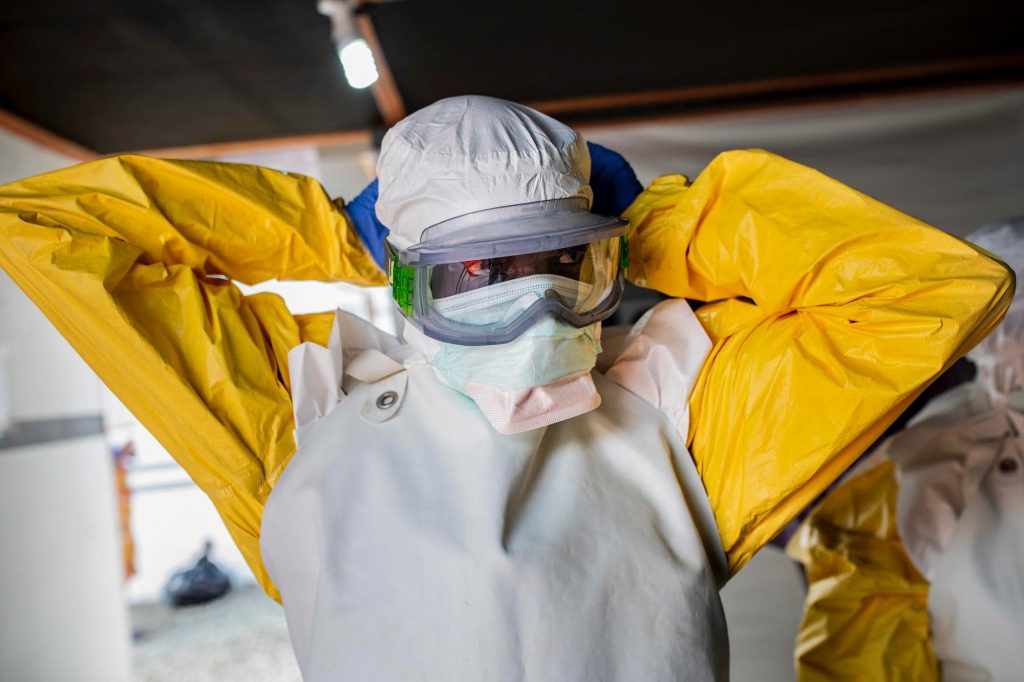The Democratic Republic of Congo declared an outbreak of Ebola one year ago, on 1 August 2018; with many challenges still to be addressed, the outbreak is not under control and unfortunately shows no signs of ending soon.
Below are some of the facts and figures from 12 months of the Ebola response in the country’s northeastern provinces of North Kivu and Ituri.
1. The outbreak declared on 1 August 2018 is DRC’s tenth declared Ebola epidemic since the discovery of the virus. Just days before the declaration of the tenth outbreak, the ninth outbreak, in Equateur province, which claimed the lives of 14 people, was declared over.
2. This epidemic is now the second-biggest outbreak of Ebola in history, following the 2014-2016 outbreak in West Africa. It is also DRC’s biggest-ever epidemic of the disease.
3. Out of 47 health zones across North Kivu and Ituri provinces, 25 have recorded cases of Ebola. Of these, 18 health zones are currently considered ‘active transmission’ zones, meaning they have recorded cases within the last 21 days (the maximum incubation period for the disease).
4. New tools have been implemented in response to the Ebola outbreak in eastern DRC. This includes an investigational vaccine, rVSV-ZEBOV, to protect frontline workers and first and second-degree contacts of confirmed Ebola patients. Developmental treatments for confirmed patients admitted to Ebola treatment centres are also available, but both the vaccine and the treatments are subject to strict protocols, as well as informed consent of the recipient.
Figures as of 31 July 2019; provided by DRC Ministry of Health
5. Two-thirds of people with confirmed Ebola have died. The mortality rate is currently 67 per cent.
6. Community deaths represent 36 per cent, or over a third, of the total number of cases notified (confirmed or probable). Community deaths are counted as people who died of Ebola before they could be identified, diagnosed and admitted for treatment of the disease.
7. Since the beginning of the epidemic, the delay between the onset of symptoms and admission to an Ebola treatment centre (ETC) is around six days. This figure shows the many challenges related to the identification and close follow-up of the contacts of people infected with Ebola, that would allow for symptomatic people to receive adequate and timely care.

8. Approximately only half of notified cases are known as contacts of other confirmed or probable Ebola patients.
9. Only 13 per cent of people admitted to ETCs are confirmed as positive Ebola cases. Taking into account people admitted to transit centres, this figure drops to just four per cent.
10. Nearly one-third – or 29 per cent – of confirmed patients are aged less than 18. Five per cent of confirmed patients are health workers.
Sources: Cellule D’Analyse (EpiRapport 2019-S29 & Situation Epidémiologique S29) & National commission’s reports until 23 July, 2019.











